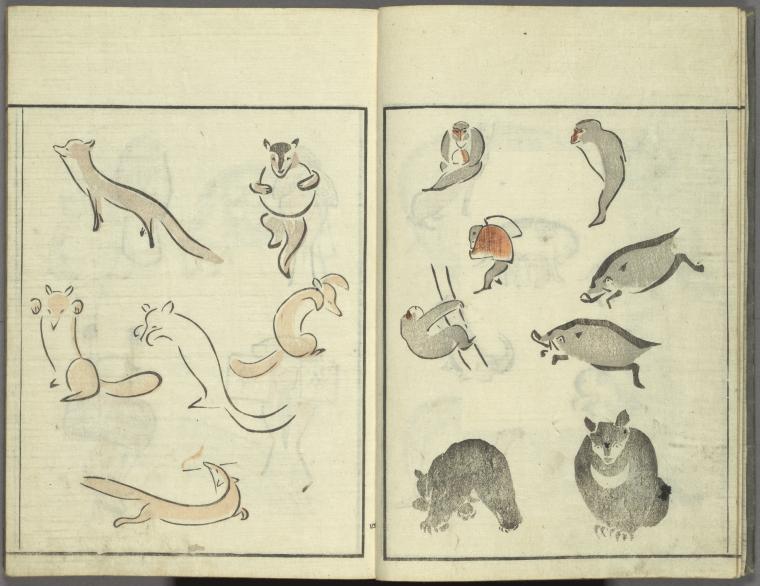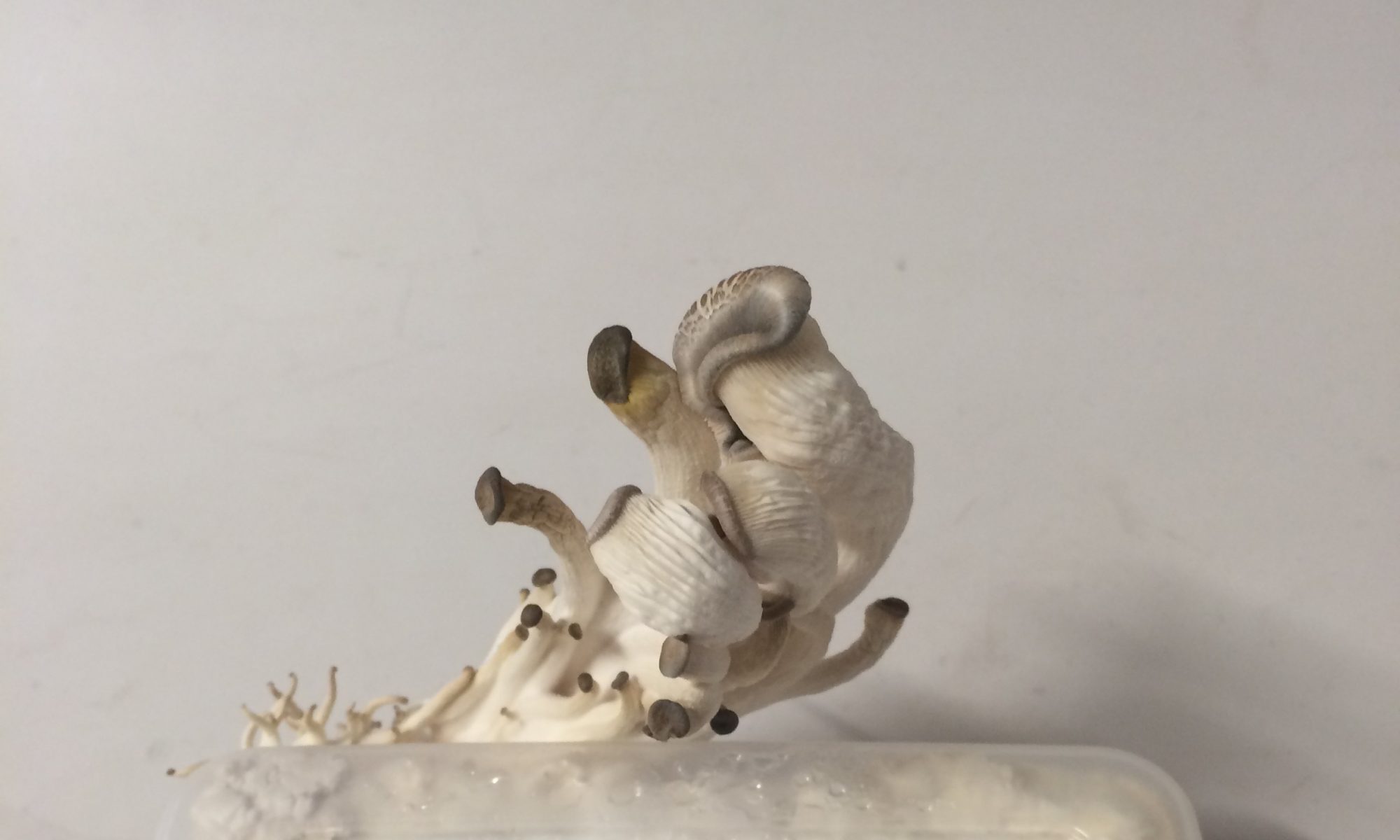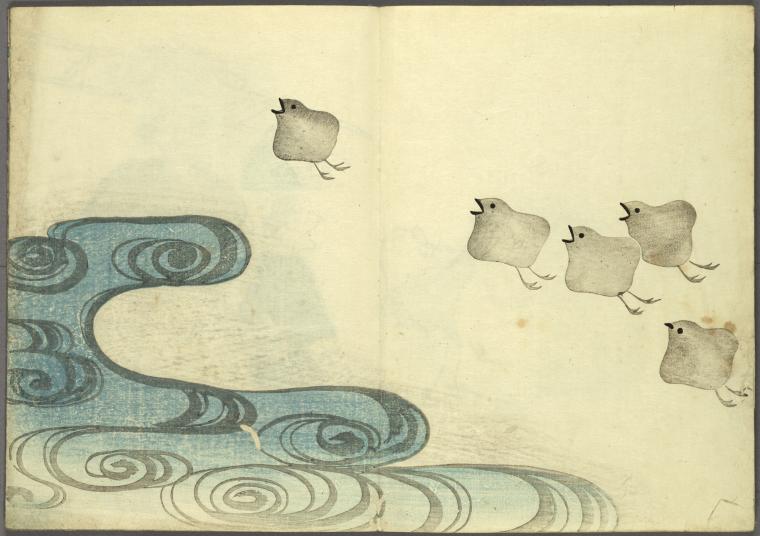
Full index of drawings here (NYPL)

2022 Archive of RENATURED, Marina Zurkow's Research Blog
ANIMALS, PEOPLE AND THOSE IN BETWEEN

Full index of drawings here (NYPL)

Spencer Collection Index here
Jan 16. It often smells bad when I am driving around. You can’t edit out the yellow grass, or the black mesquite (and its distribution now away from the draws, so that it dots most of the landscape), or the skies, or the oil pads, or the tanks, or the smells, or the invasive plants. I have edited out what I have not experienced: the radically different summer scape, replete with rattlesnakes and scorpions. And golf-ball hail season. And howling 60 MPH winds. And tornadoes. And wildflowers that bloom after rains (though there’s been a 100 day drought, burn ban, and some worry). But back to the smell: If every 1/4 mile you see a sign posted on a private gate stating Warning: Poison Gas, it can’t be A-Okay. I have heard from several people that you stop smelling it. Children brought up here don’t smell it at all. Small towns have big cancer causalities. Don’t ask, don’t tell. Most people here are fully embedded in the landscape, and if you want a job and any sense of community, you’re not outspoken or asking too many questions.
I got to see the Wink Sink #2.
I discovered this black spot while looking around the area on Google Maps’ satellite view; you can see the town of Wink at the bottom left, and a large and small black spot at the top right. The small hole opened in 2002 and is stabilized. The large hole is Wink Sink #2:
It started as a foot wide hole in 2006, and is still outgrowing its training fences.
It is disturbance geology in hyper fast forward. It has grandeur and looks delicious.
Electric lines and pipelines have been moved, and a county road is closed.
The cracks and faults that are appearing in proximity to the sinkhole are spooky, radiating out onto larger roads and the neighboring land.

This landscape below was en route between Odessa and Kermit. I love the contrast of the yellow yellow grass of the Llano to the hidden sink hole with its deep, blue, blue water. I love the sfumato that much of this soft landscape offers.
+++
I stopped by Monahans Sand Hills State Park one last time. It really is my favorite retreat here; it’s a pocket dune desert, it’s empty this time of year, and it’s got magical properties. The trees near the Park HQ were full of Pyrrhuloxia (why does this bird lack a vernacular name?), who are apparently bullies to other birds:
There were strange tracks in the sand. Ranger said probably owl:

+++
OK, I have to go home and figure out what I am doing.
I left an extra day and a half, so I would know if I was done for now.
I’m done, and started to feel like I was driving aimlessly yesterday late afternoon.
I’ll be back, I am sure of it. I just need to figure out the next stage of work.
Meanwhile, I finished up the trip at the Permian Basin Petroleum Museum. Glad I waited. The exhibits filled in some holes, but didn’t frame my trek:

The Hall of Fame:

Core samples:

Caution! You are stepping back 230,000,000 YEARS:

A Permian Reef:

And captured some of the signs in Midland:



The penultimate mirage will be the cowboy:

And the 19th century Comanche raiding party gets the final word…

Elena Glasberg wrote this in an email to me today:
I wish I were in such blighted yet open places. The deserts are the ruins before time.
Lovely.
Jan 15. Drove another big circle: Midland, Stiles, Big Lake, Iraan, McCamey, Crane, Odessa.
Big Lake was scary. The gas station filled with roustabouts getting lunch, felt like packs of wolves. One man licked his chops at me. That was a first. Seriously. the whole town felt… blown out. It was weird, as I have felt relatively safe (just a wee paranoid after the close call with the FBI in Texas City).
… all for two moments, really, but well worth it.
After sitting in on Day 1 of the Sibley Center’s Master Naturalist Course, a nature/culture overview of the Llano Estacado, I headed out on this insane 230 mile loop in the drizzle. Saw several interesting things, but was feeling kind of low by the lack of that bell-going-off. Then things changed after passing through Iraan, boom-town residence of Alley Oop comic strip artist V.T. Hamlin. You have to wonder if Hamlin’s interest in dinosaurs and cavemen was inferred from working the petroleum. A closed museum and a droopy little “Alley Oop Fantasy Park” ( not even worth a photo).
Crane County drill rig, belching, at Golden hour:

+++
Other selects of some interest.
Also in the ghost town of Stiles, all that’s left is its beautiful destroyed courthouse – the perfect setting for a Tarkovsky Western:

Highway cuts and erosion near between Big Lake and Iraan:


And suggestions of water issues:
I have seen an awful lot of roadkill on this trip, it’s been painful: dogs and cats and skunks and deer and raccoon, mostly. So I was very happy to see a live skunk along the road, and encouraged him to get the fuck off the highway:

Speed limits are 80 mph most places. Lots more gas. People leave their trucks running in the parking lots of stores. Gasoline is not cheap either. But it’s important to spend it.
More pix here
Jan 14. Met with an independent oil man for coffee. He was so kind and so generous with his time I wish we had focused more on HOW he sees as a geologist. How he gets a mental picture-map of rocks that delineate both time and space. And how he gambles as an oil man. But I think I perturbed him. I can’t agree that today we have foolproof methodology (cmon now) simply because we have better science and more regulation than in the recent past (emphasis on recent), although vilification of either the oil industry or the environmentalists is sheer idiocy. But it is an industry, and a far more lucrative one than the alternatives currently.
We are the Petroleum Age, and nearly everything we do, wear, move through and with, touch, and ingest is directly influenced or made from petroleum. Rock Oil.
Got a 3 hour Burr Williams Grand Tour of a (relatively small) piece of land south and east of the Fairgrounds Road in Midland. I’d asked to see some spots he liked a lot / found of interest in Midland. First we went in search of the Sandhill Cranes who winter in Texas (half a million of them. They appear in the fossil record 9,000,000 years ago in Nebraska). We hit the salina (a salt water pond endemic to the Llano, that is sometimes wet), where the cranes like to spend their nights, protected from predators. I am guessing these ephemeral ponds should not be confused with the saline dead zones where watery effluent from oil well drilling was left, as those also dry up and look like salinas. We didn’t see any cranes, there, but later saw them wheeling in the sky. They glide, and the gloss off their wings creates an intermittent cloak of invisibility. Then we drove down a gravel road, past a fence limned with dead coyotes and raccoon – vivid. Shoot them coyotes. Of course it doesn’t help, since coyotes regulate their populations: if the adult population goes down, they have more babies. And in times of abundance, they bear less young. Burr told me about Bud Williams, a Stockmanship teacher (who’s often compared to Temple Grandin) who teaches body language and sensitivity in order to more effectively and humanely work with livestock – and above all, to like your animals. He apparently can help reduce the necessity to shoot coyotes: if the herd learns to remain tight knit, coyotes don’t nab individuals. Then we stopped amidst a small copse of bare soapberry trees. Come, say, October 10, these trees will be full of monarch butterflies as they migrate through here. Burr says calling places “flyways” is outdated. Think of it more as a sheetwash. What? The way water runs over the land, here in Texas. A blur, not a path. I see the point of this: Treat it like a trail, you can do what you want everywhere else. Treat it like an ambient phenomena, and you have to deal more holistically. Then we visited a pocket forest of soapberry. Coyote skeleton, curled up like sleeping, rotted where it was shot. These tiny forests host deer, and grey foxes who climb, and a litany of birds. We also saw what Burr said was the largest oak forest in the world, a forest of shin-high oaks (called Shin Oak) with extraordinarily large acorns that not only are tasty, but whose tannin makeup is such they only have to be washed once. It’s thought that Native Americans came to harvest them and take them away… No one lived on the Llano; it was a commons, a place to trade, move through, hunt buffalo, as you can see on this map detail from the late 1800’s it’s an elevated table land without wood or water. We also passed a prairie dog town, albeit a small one, field-sized. Estimates were over a billion in the 19th century. Giant earthworms Burr said. Horsemen don’t like them but they are amazing aerators. We finished up near the waste treatment facility. Too alkaline for much, but very pretty (see panorama below).
Creosote smells like asphalt.
Mountain laurel is an entheogen.
Escaped ornamentals have taken hold here.
Johnson grass followed the railroad trail, because the mules like it.
Salt cedar is an awful invasive.
And tumbleweed (Russian Thistle), that probably came with flax from the Ukraine, has fireproof seeds and a fool proof method of dispersal, unlatching itself wholesale and rolling its way across the landscape.




